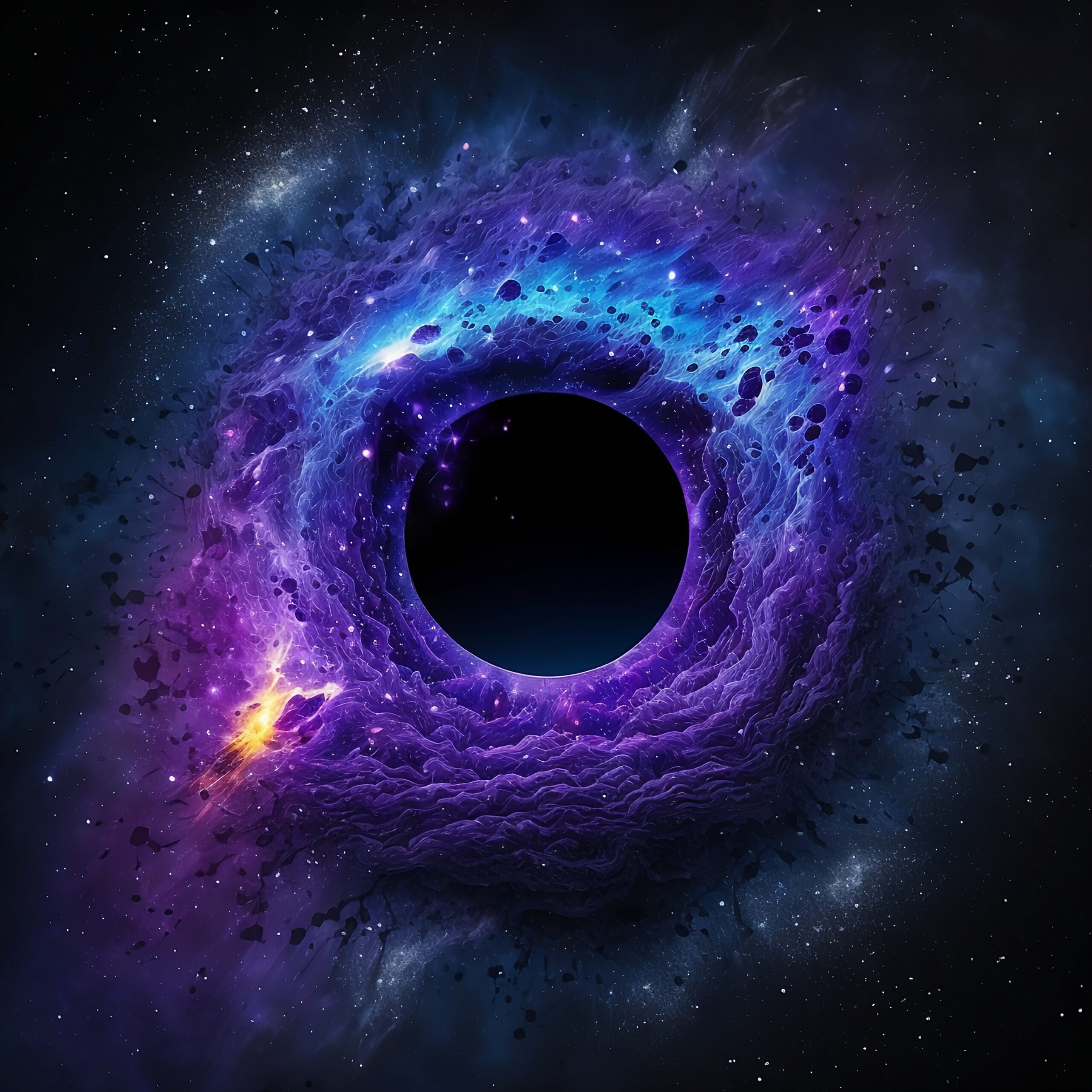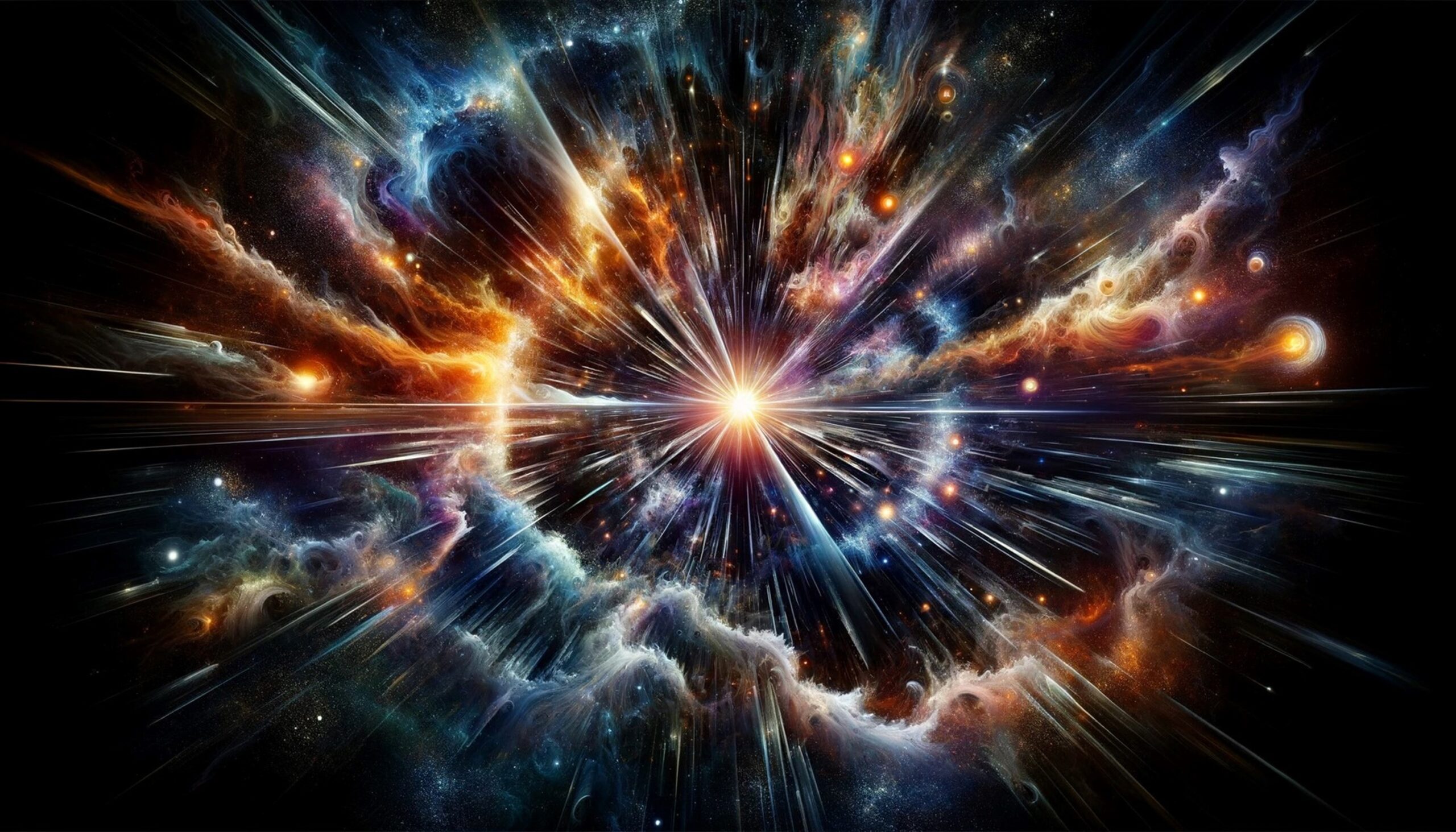Did you know that every atom in your body was once created in the core of a star?
What is a Star?
Stars are massive , glowing spheres of gas, primarily made of hydrogen and helium. They generate light and heat through nuclear fusion, where hydrogen atoms fuse to create helium, releasing vast amounts of energy.
The Sun is one such star, radiating heat and light to everything around it. Like the Sun, stars are extremely hot and come in different sizes, colors, and temperatures. They are spread across the universe, forming galaxies.

Where Stars are Born?
Steller nurseries, or nebulae, are vast clouds of gas and dust in space where new stars are formed. These regions are typically large, cold, and dense, supplying the essential materials for star creation.
within these nebulae, gravity pulls clumps of gas and dust together, causing them to collapse and heat up until new stars emerge. Famous stellar nurseries include the Orion Nebulae and the Eagle Nebula, which is home to the “Pillars of Creation”. These stunning, colorful clouds play a crucial role in the formation of stars and solar systems.
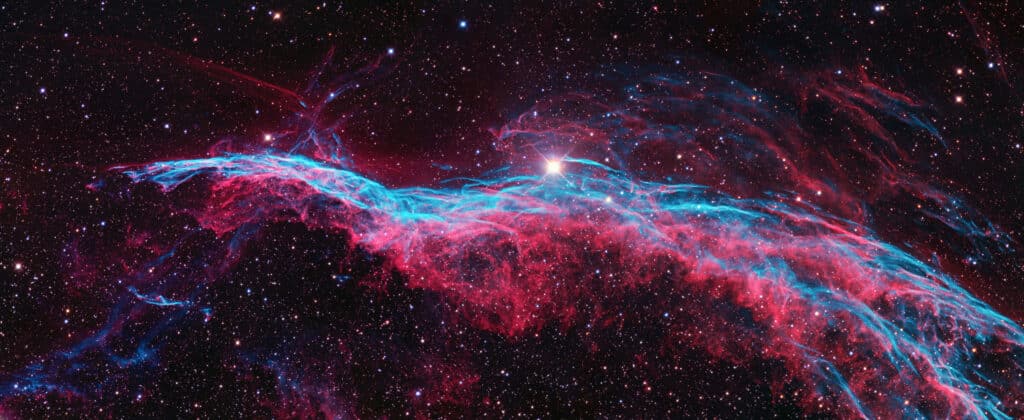
Attribution: Ken Crawford, CC BY-SA 3.0 https://creativecommons.org/licenses/by-sa/3.0, via Wikimedia Commons
Page URL: https://commons.wikimedia.org/wiki/
The Formation of Stars
Nebula collapse
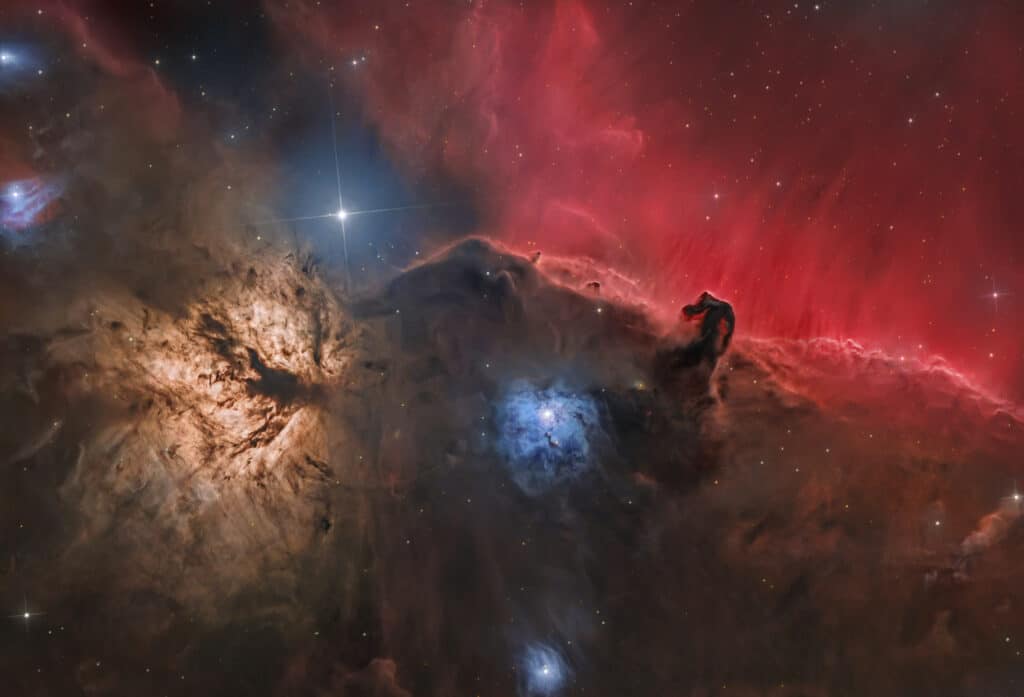
Page URL: https://commons.wikimedia.org/wiki
Attribution: Gianni.lacroce, CC BY-SA 4.0 https://creativecommons.org/licenses/by-sa/4.0, via Wikimedia Commons
- When gravity over powers the internal pressure of a gas cloud, they cluster together, further increasing the cloud’s density. This process is self-reinforcing. Higher density strengthens the gravitational pull, speeding up the collapse.
- As the cloud collapses, the central region, where most of the mass gathers, heats up due to the gas compression. This forms a protostar, making the early stage of star’s life.
- In some instances, the collapsing cloud can break into smaller fragments, with each fragment continuing to collapse under its own gravity. This can lead to the formation of multiple stars within the same region, which is why stars often form in clusters.
Heating of the Core
- As gas and dust are inward, their gravitational potential energy converts into thermal energy, heating up the core. The temperature continues to rise as more material gathers in the core.
- The rising temperature and pressure in the core slow the collapse rate, but the core still accumulates mass from the surrounding cloud.
Nuclear Fusion
- At temperatures of around 10 million degrees Celsius, the core conditions are hot enough to initiate nuclear fusion.
- At these high temperatures, the gas particles, mainly hydrogen nuclei or protons, have extremely high kinetic energy. They move swiftly and collide with each other at high speeds.
- Atomic nuclei are positively charged because of their protons. As they come close to each other, they experience a strong electrostatic repulsion, known as the coulomb barrier, which pushes them apart. The high kinetic energy from the temperature boosts the nuclei’s velocity, helping them overcome this repulsion force.
Galaxy Collisions and Interactions
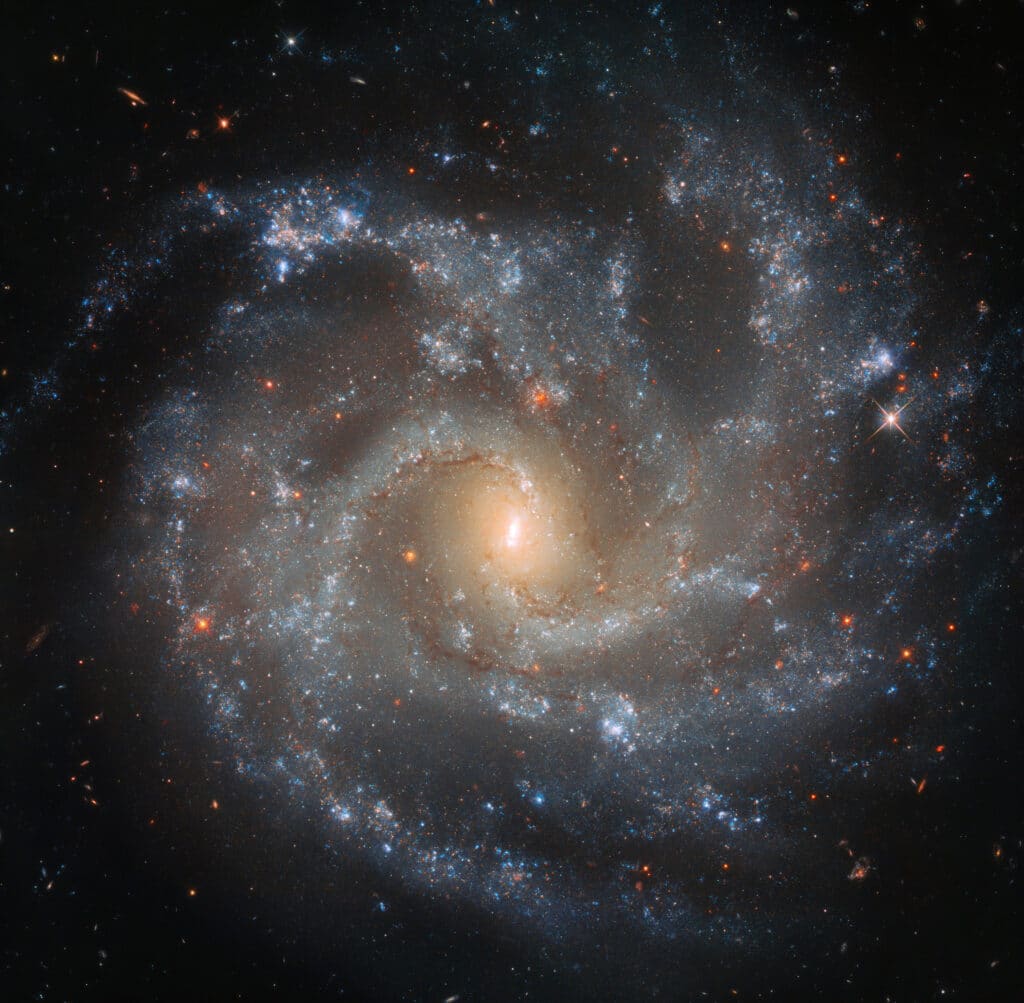
Page URL: https://commons.wikimedia.org/wiki/
Attribution: NASA Goddard Photo and Video, CC BY 2.0 https://creativecommons.org/licenses/by/2.0, via Wikimedia Commons
- When galaxies collide or interact, the gravitational forces between them can stretch and compress their gas clouds. These tidal forces increase the density in certain regions of the clouds, triggering gravitational collapse and leading to the formation of new stars.
- During a galaxy merger, the collision of gas clouds can generate shock waves, much like those produced by supernova explosions. These shock waves compress the gas, increasing the likelihood of it collapsing and forming new stars.
- Massive stars emit intense radiation pressure compresses parts of the cloud, causing denser regions to collapse. This process, known as triggered star formation, initiates the birth of new stars.
Conclusion
Stars are the fundamental building blocks of the universe, driving its evolution and shaping reality itself. They produce the elements essential for life, light up the cosmos, and inspire both discovery and awe. Studying stars not only uncovers the tapestry, understanding our shared origins and the marvel of existence.
Share the knowledge with
